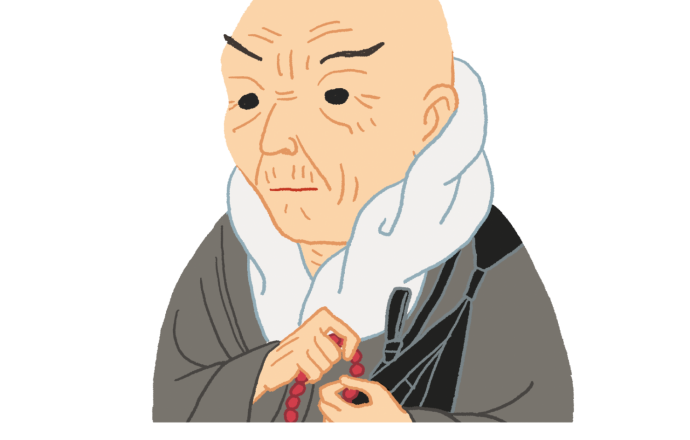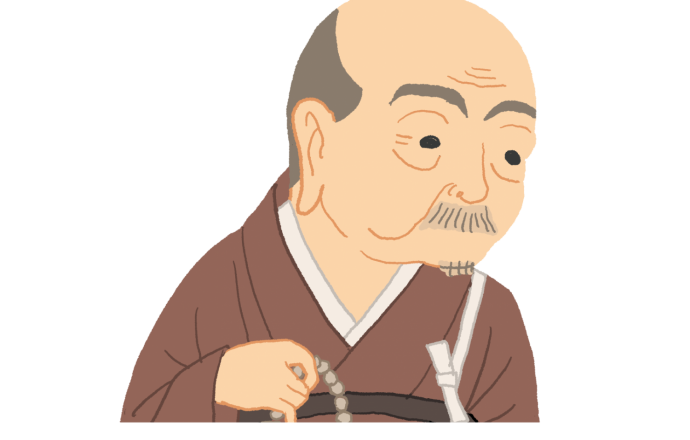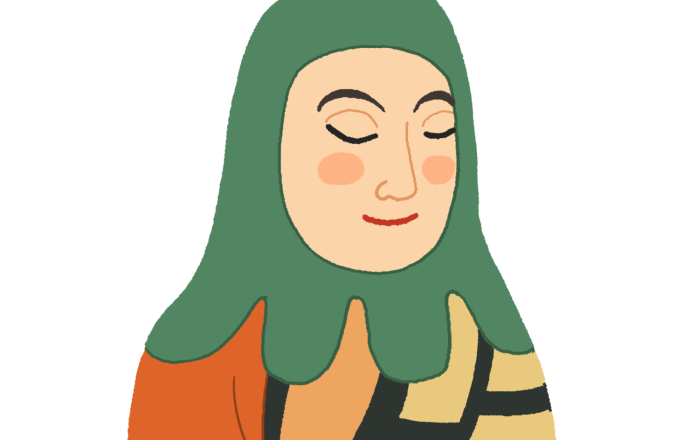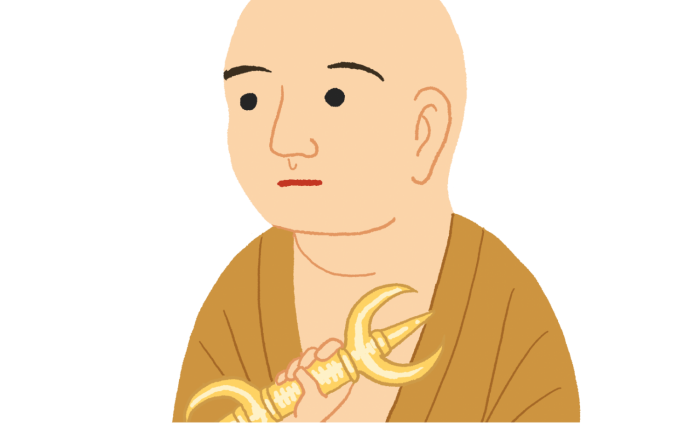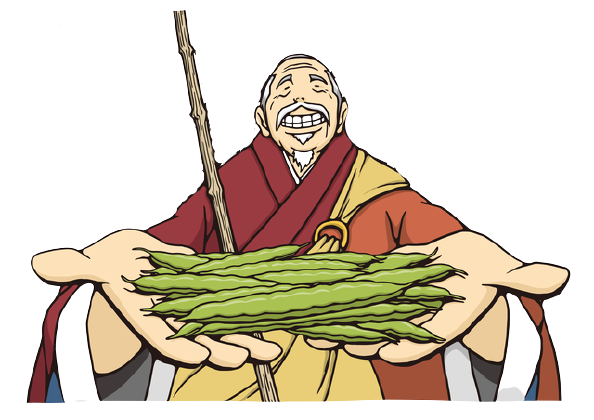SHINRAN (Jodo Shinshu School)
The high priest who gave a light to people who are not rewarded. Shinran (May 21, 1173 ? Jan. 16, 1263)was a Japanese Buddhist monk. Shinran was a pupil of Hounen and the founder of what ultimately became the Jodo Shinshu school in 12th century. The hallmark of his idea is “Akunin Shoki”. “Every action is based on some desires, this is not along with Buddhism teaching that abandon desires. So, nobody can take things philosophically (can’t become Buddha). Everybody is unenlightened person. However, Amida Nyorai can save us who can’t be spiritually awakened. Amida are always wishing we go to Jodo.” This idea had saved people who gave...

